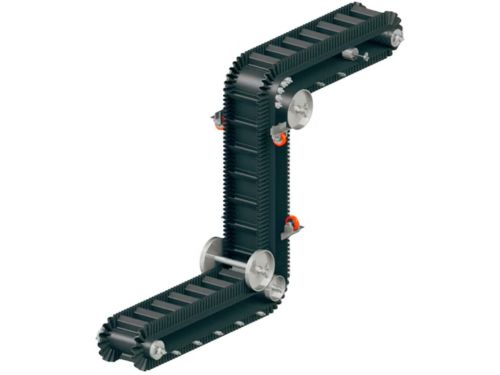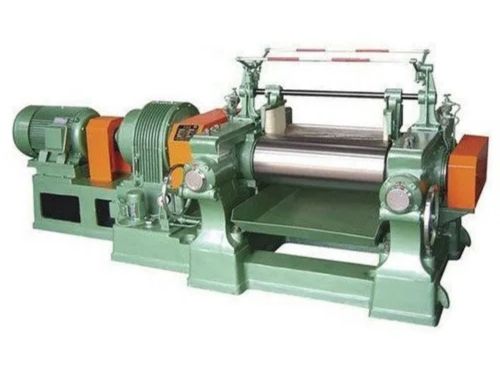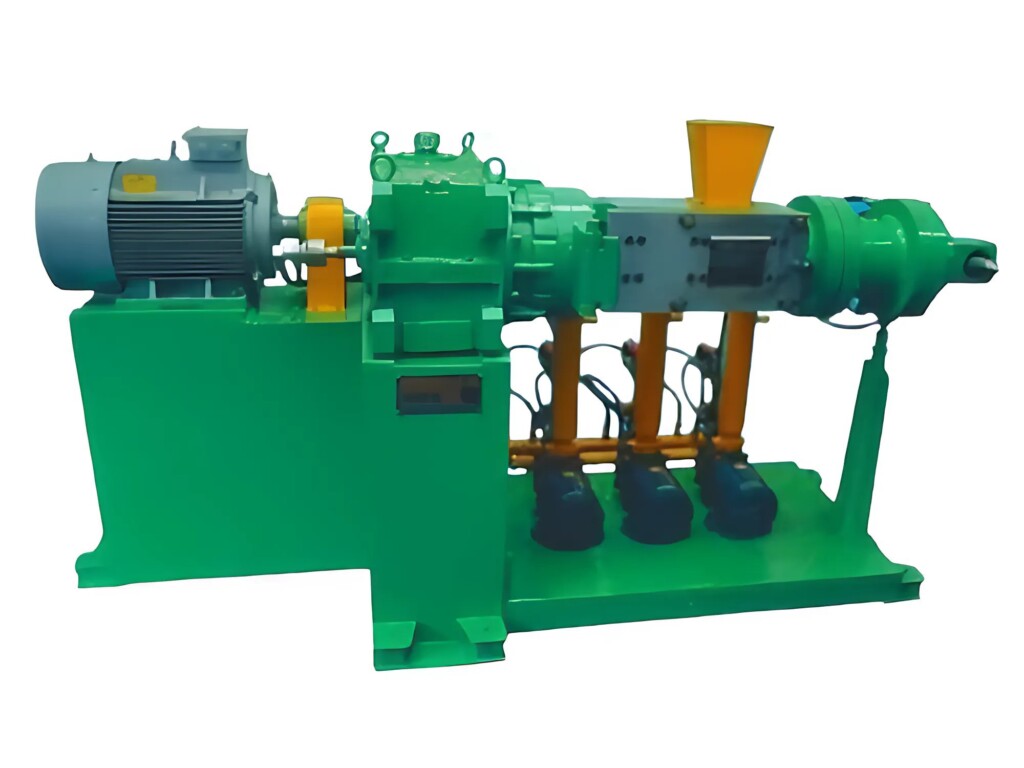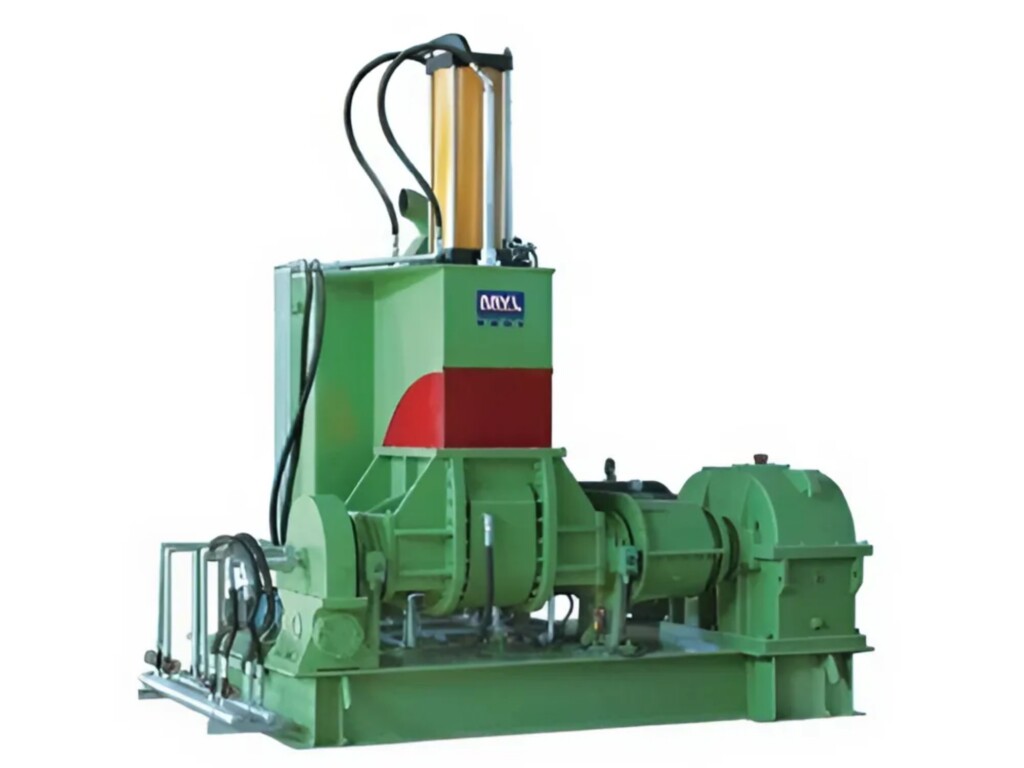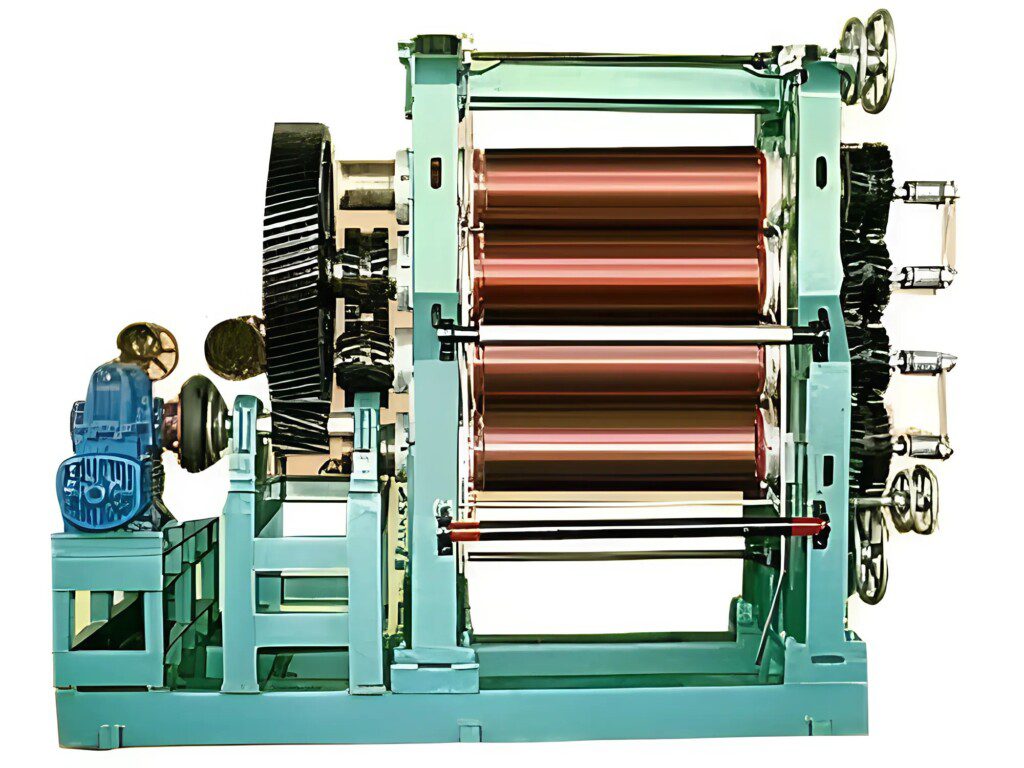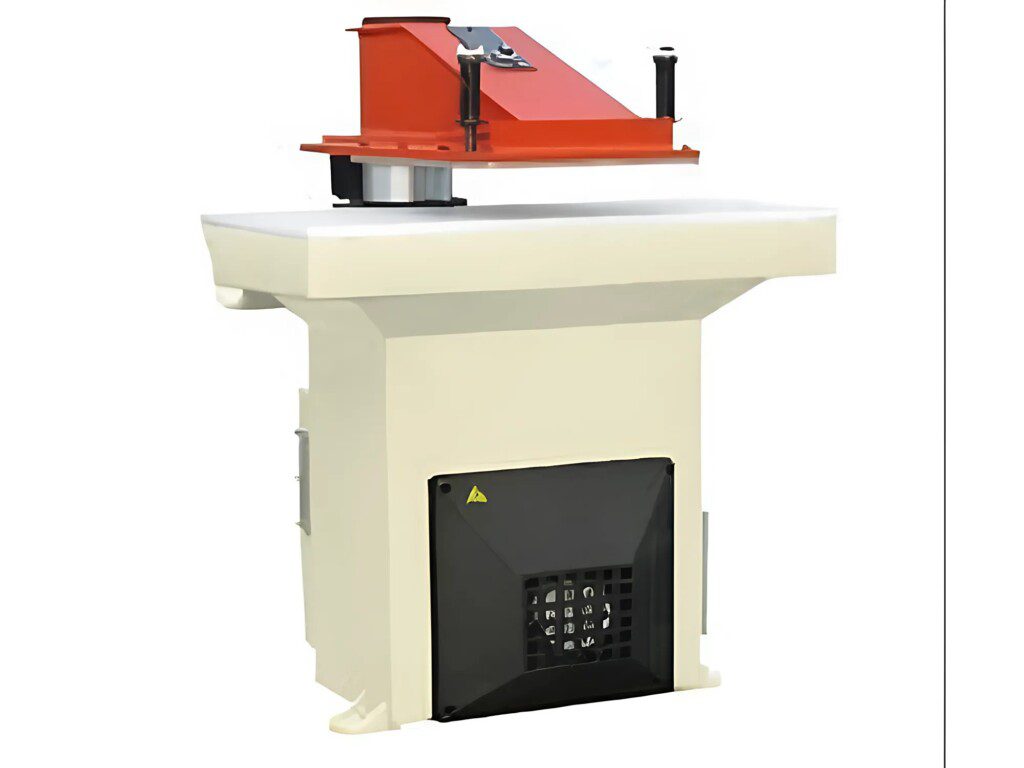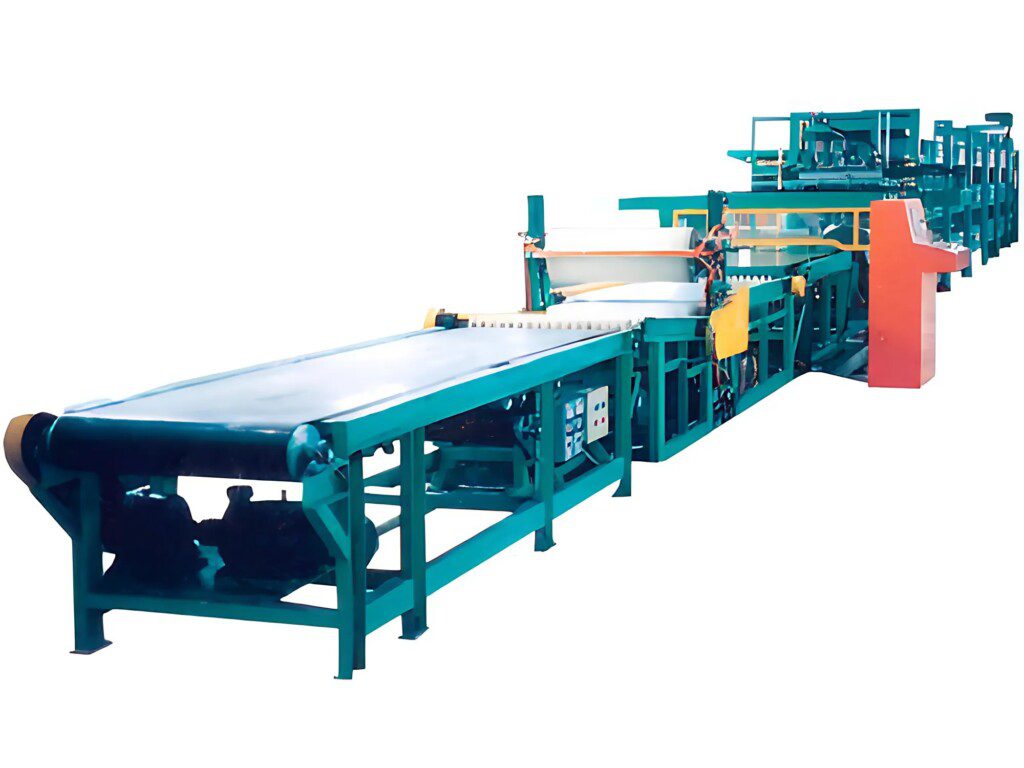Rubber Cold Feed Extruder: Essential for Efficient Processing

One of the most significant industries is rubber processing because it produces all daily products such as tires, hoses, seals, and gaskets. Among a long list of rubber industry machines, the cold feed rubber extruder, also known as a cold feed extruder, is outstanding because it can guarantee efficiency with product quality at low costs. This blog will discuss the rubber cold feed extruder, how it works, and its importance in rubber processing.
What is a rubber cold feed extruder?
This is the type of rubber cold feed extruder that is used in the rubber to reshape compounds into a particular form by forcing them through a die. The main difference between the cold feed extruders and any other type of extruder is that they do not warm already pre-heated rubbers before extrusion. They rather extrude rubber at room temperature. This is where the term “cold feed” originates from. Instead of using any type of extruder that uses mechanical energy to heat the rubber during the process of extrusion, the machine hence does not need pre-heating.
What is a Cold Feed Extruder?
The raw rubber fed into the barrel in a cold feed extruder is fed with the help of a hopper. The rolling inside the barrel then pushes the rubber forward. As the raw rubber is moved, it compresses, mixes, and gets heated through the friction of the rubber against the screw. It has already plasticized by the time it reaches the end of the barrel, and it is now prepared to be pressed into the die for the proper rubber product.
The die is quite crucial because it determines the cross-sectional rubber product. With different types of dies, an excellent range of rubber goods could be manufactured, such as tubes, profiles, or sheets.
Advantages of Rubber Cold Feed Extruder –
1. Energy Savings
The first advantage of a rubber cold feed extruder is saving energy. Conventional extruders require preheating of rubber before feeding into the machine, which utilizes a lot of energy. This procedure is removed through a cold feed extruder, thus reducing energy usage and the cost of running the operation.
2. Improved Process Control
Cold feed extruders exert better control over the extrusion process. Cold feed extruders precisely control screw speed, temperature, and pressure, ensuring consistent product quality for high-performance applications like tires and industrial seals.
3. Reduction of Material Waste
In the case of a cold feed extruder, direct feeding of rubber into it without any preheating takes place. Then, there is a lower risk of overcuring or degradation with some amount of material waste. The design inherently allows leftover rubber from previous runs to be fed back to the extruder, thus minimizing material waste related to the same.
4. Flexibility
A rubber compound cold feed extruder is very versatile. It can easily process natural rubber and synthetic rubber as well as other elastomers. For this versatility, manufacturers of rubber products which come in different varieties are usually keen to have the cold feed extruder.
5. Higher Productivity
In this group of extruders, high quantities of material are processed, therefore the production rate is very high compared to that of other categories of extruders. Since there are fewer stages in the process (such as preheating), the entire process is comparatively faster and less cumbersome, leading to more throughput with less downtime. As such, to major rubber manufacturers, the rubber cold feed extruder is a “must-have” machine.
Applications of Rubber Cold Feed Extruders –
- The cold feed extruder is versatile and thus suitable for many applications in the rubber industry:
- Tire Production: Rubber compound extrusion of treads, sidewalls, and liners.
- Rubber Profiles: Seals and gaskets for automotive and industrial usage.
- Rubber Hoses: Flexibility and ruggedness make rubber hoses suitable for a wide range of services.
- Rubber Sheets and Films: Uniformly bonded rubber sheets for various applications, including flooring or protective coatings.
Conclusion –
A rubber cold feed extruder is an extremely important machine that can produce efficiency in the production of high-quality rubber. The benefits include energy saving, better process control, minimized waste material, and increased productivity. With the use of the cold feed extruder, the pre-heating process is no longer needed and the extrusion process can now be controlled more accurately.
Whether you are producing tires, seals, hoses, or whatever type of rubber product, investing in a cold feed extruder presents several advantages that help streamline operations and improve the quality of products. As the industry of rubber processing grows, this cold feed extruder will be part and parcel of the business search for efficiency and sustainability.
For More Information Visit Here

 Compression Molding
Compression Molding